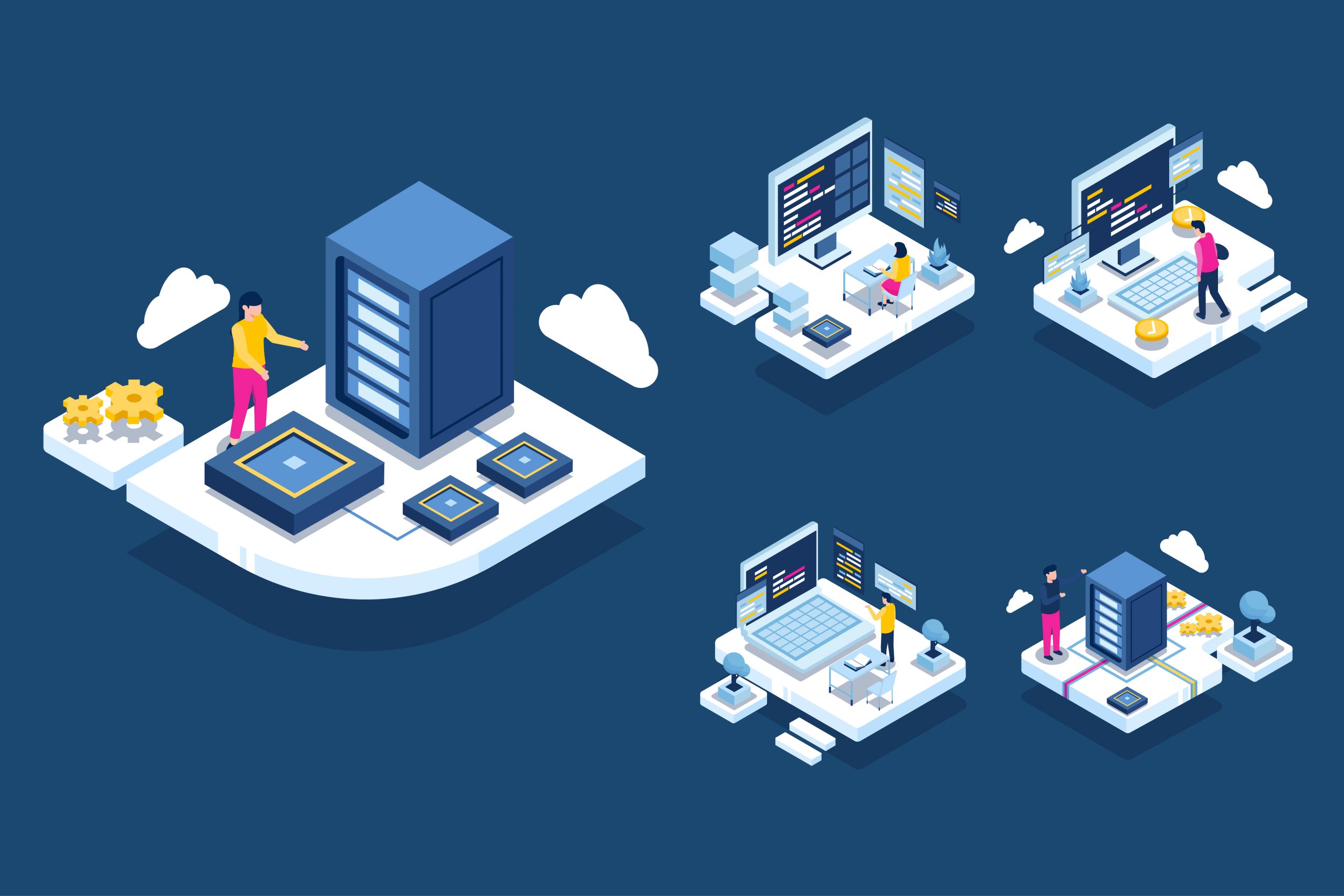Many businesses are hampered by outdated and complex systems that are holding them back. However, IT migrations can be viewed as a necessary but unfortunate cost, because they don’t always achieve what was set out to be delivered. This can lead to an oversimplified, underfunded approach that ultimately fails, as the recent and well-publicised IT issues at TSB have demonstrated.
The process is often vital. But IT migrations are complex, large-scale change management efforts with significant investment and risk which need to be carefully planned and managed. So how do you get it right?
“Enabling global enterprises to better manage information the power innovation Quality & Customer Experience It is a long established fact that a reader will be distracted” William Blake
Planning
Planning cannot start too early. We start talking to customers about migration up to 12-15 months before the process begins. IT migration is a complex operation, requiring a robust methodology. It should be viewed as a strategic transformative endeavour, looking at the process through a holistic lens across the entire business.
First, be clear about the reasons why you’re migrating. Establish what you want it to look like post migration and then start to take into account all the aspects that will impact that end state. Once you have an understanding of what needs to be migrated, define the scope of the migration plan. Create a list of threats and corresponding vulnerabilities that could be exploited. Also consider what vulnerabilities were possible on the legacy system. Rate each one on a scale of 1-10 to prioritise them, taking into account which could impact the business more.
Decide which style of migration is most suitable for the business. There are two principal types of migration: big bang migrations and trickle migrations. Big bang migrations involve completing the entire migration in a limited processing window. This approach can seem attractive, in that it completes the migration in the shortest-possible time but of course carries more risk.
Adopting the trickle approach does add some complexity to the design, but it means that target systems can operate in parallel, and the old system can continue to be operational until the entire migration is completed. That way, if issues arise, there’s a back-up plan.
Plan the resources you’ll need to use during the migration and put a realistic budget in place to make it a success. Assess and decide on your vendors and partners – they should be knowledgeable and straight-talking – ahead of time, so you can focus on implementation.


